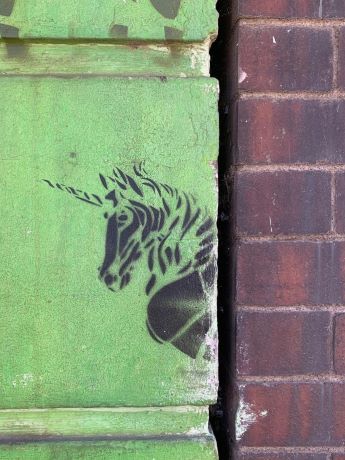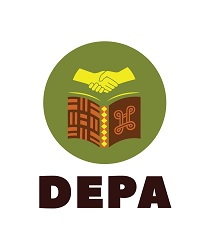The DEPA Photovoice Project in South Africa sought to empower the youth living in the townships surrounding Johannesburg, offering them a lens—quite literally—to view and depict the intricate socio-political dynamics affecting their communities. At its core, the Photovoice Project was a form of participatory visual storytelling. It asked young people to use their smartphones as tools for social critique, capturing elements of peace and conflict in their daily lives through the medium of photography.
Given that Johannesburg's townships are often perceived through a narrow lens of poverty, crime, and unrest, this initiative provided the youth with an opportunity to reframe the narrative. The power of the Photovoice Project lay not just in the images themselves, but also in the perspectives they revealed—a juxtaposition of resilience and struggle, of unity and discord, all seen through the eyes of the next generation. As part of the project, the youth participants were encouraged to snap photographs that spoke to them, whether it was a moment of community solidarity, the visible impact of systemic inequity, or an instance of violence. The photos ranged from captures of vibrant street art that articulated community aspirations, to more somber subjects like deserted playgrounds or vigil memorials, each telling a unique story of the circumstances that shape peace and conflict in their lives.

Once the photos were collected, they were displayed online due to COVID-19 restrictions, creating a virtual gallery that was accessible not just to local communities, but to a global audience. This digital exhibition was then complemented by interviews with the young photographers, providing a narrative depth to the visual stories. The interviews offered insight into the thought process behind each snapshot, deepening the impact and broadening the interpretive scope for viewers. The influence of the DEPA Photovoice Project extends beyond its immediate participants and viewers. It serves as a compelling visual archive that documents the current realities and future hopes of Johannesburg's townships. By centering the voices of the youth, the project adds a layer of authenticity and urgency to the ongoing discourse on peace and conflict within the region. Moreover, it challenges viewers to engage empathetically with the complexities of life in these communities, inviting them to be part of the larger conversation on social justice and peace-building.
In a world inundated with images, the Photovoice Project demonstrates the enduring power of photography to provoke thought, inspire change, and most importantly, to empower the youth as agents of social transformation in their communities.
Objective
The main aim of the Photovoice Project was to empower youth in townships surrounding Johannesburg to capture and share visual narratives about the factors influencing peace and conflict in their communities.
Participant Selection
Youth from local townships were invited to participate, with selection based on age range (18-35 years old) and willingness to engage in the project. They were recruited through local community and church groups.
Data Collection
Photography Assignment: Participants were instructed to use their smartphones to take photographs representing peace and conflict in their daily lives.
Digital Submission: Due to COVID-19 restrictions, all photographs were submitted online for a virtual gallery.
Community Reach: The gallery was shared via social media platforms and local WhatsApp groups to engage the community
Interviews
Youth participants were interviewed remotely to provide context and explanations for their selected photographs.
Data Analysis
Image Coding: Each submitted photograph was subjected to a thematic coding process, wherein recurring elements and motifs were identified. These themes included, but were not limited to, elements like community, isolation, violence, unity, and resilience.
Community Feedback: Online reactions and comments were analysed to assess community perception and engagement.

